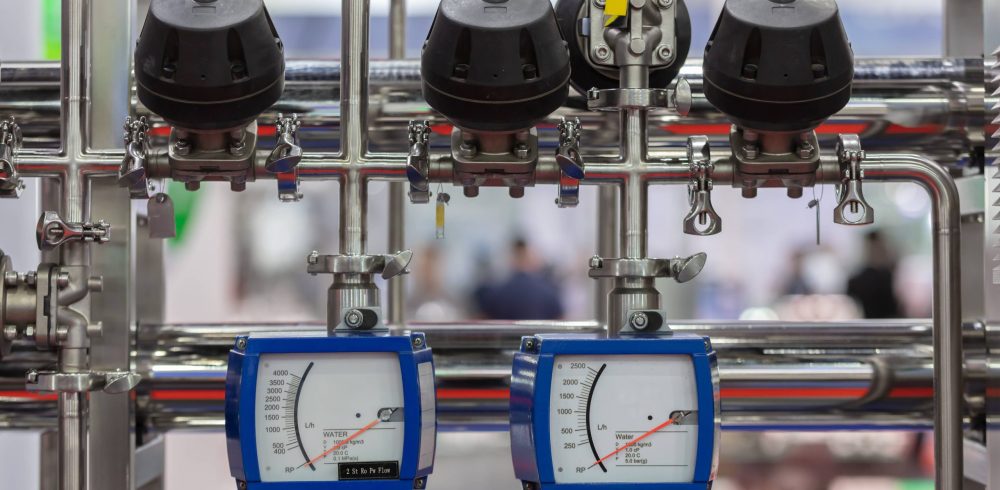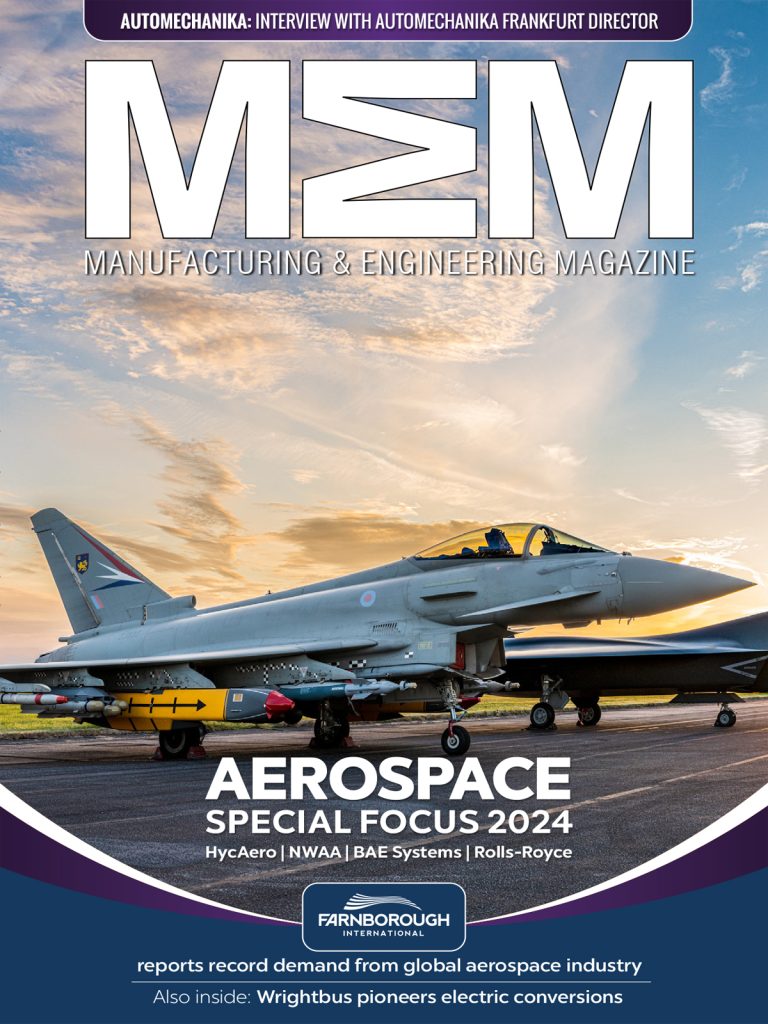Accurate Gas Flow Measurement from Ever-Smaller Sensors ~ ASIC-driven sensors enable efficient gas flow measurement ~
Used by manufacturers, technicians and field service engineers alike, gas flow sensors can provide crucial insight into the performance of a wide variety of devices. As their applications grow, it’s becoming ever more important to provide gas flow sensing capabilities in a smaller package — but how? Here, Ross Turnbull, Director of Business Development and Product Engineering at ASIC design and supply company Swindon Silicon Systems, explores.
In building ventilation and HVAC systems, gas sensors play a crucial role in enabling feedback control and ensuring air is circulating properly. Process industries such as food and beverage and chemical processing can also benefit from the use of gas flow sensors. From a predictive maintenance perspective, gas flow sensors can be useful tools in detecting issues such as clogged filters, leaks and any other blockages.
As their applications grow, so does the demand for smaller, more easy-to-integrate sensors. Ensuring these sensors deliver a high performance in an increasingly compact package can be tricky for system manufacturers, but is there a solution?
Exploring flow sensors
First, let’s delve into the basic principles of a gas flow sensor. A common type of gas flow sensor is the thermal flow sensor, sometimes referred to as the “hot wire” type. The principle is simple. A “heater” element sits in between a pair of thermopiles. When there’s no airflow, the temperature distribution around the heater is symmetrical. But when air does flow across the sensor, it causes a noticeable change in the temperature distribution, with one side now warmer than the other.
It’s important to choose the right materials for the sensor to function correctly. When it comes to the wire, it’s preferable to choose a material with a high temperature coefficient of resistance, such as platinum or a nickel-chromium alloy. Higher coefficients equal a higher increase in electrical resistance for a given rise in temperature, thereby making smaller temperature rises — and therefore smaller changes in gas flow — easier to detect.
Because there are no moving parts, this type of flow gas sensor offers high robustness and reliability, making it ideal for more heavy-duty applications and mounting onto moving parts such as cars and industrial machinery. The nature of the flow detection method also means that it’s possible to detect flow in either direction. And a thin layer of insulating film helps to protect the sensor from direct exposure, meaning this method can also be used for the flow detection of hazardous gases.
One disadvantage that does come with these sensors that the signal generated can often be very small, particularly at low flow rates. As a result, there’s a need for enhanced signal amplification and conditioning processes, on top of the necessary signal conversion from analogue into a digital format.
Optimising performance
These steps of signal amplification, conditioning and conversion may be performed by one or more standard integrated circuits (ICs). But how can we ensure these processes are done in a way that’s optimised for the application, with minimal noise and maintained accuracy?
The solution may come in the form of an Application Specific IC, or ASIC. This is a custom chip that has been designed specifically for its destined application, allowing it to offer a wide range of benefits over commercially available alternatives.
One of the biggest benefits an ASIC can offer is an improved performance. Complete optimisation of the chip design means that additional unnecessary components can be removed, allowing for more power to be invested in areas where it matters to the application. On top of the performance benefits, this streamlined design can also offer a reduced bill of materials, with a lower material cost per chip.
Demand for smaller and more sophisticated sensor systems continues to grow. While these strict size and performance requirements might initially seem daunting, there’s no need for concern. By utilising the power of bespoke electronics design with ASIC-driven sensors, manufacturers can achieve accurate and efficient gas flow measurement, with a performance superior to the rest of the competition.
Manufacturing & Engineering Magazine | The Home of Manufacturing Industry News
















